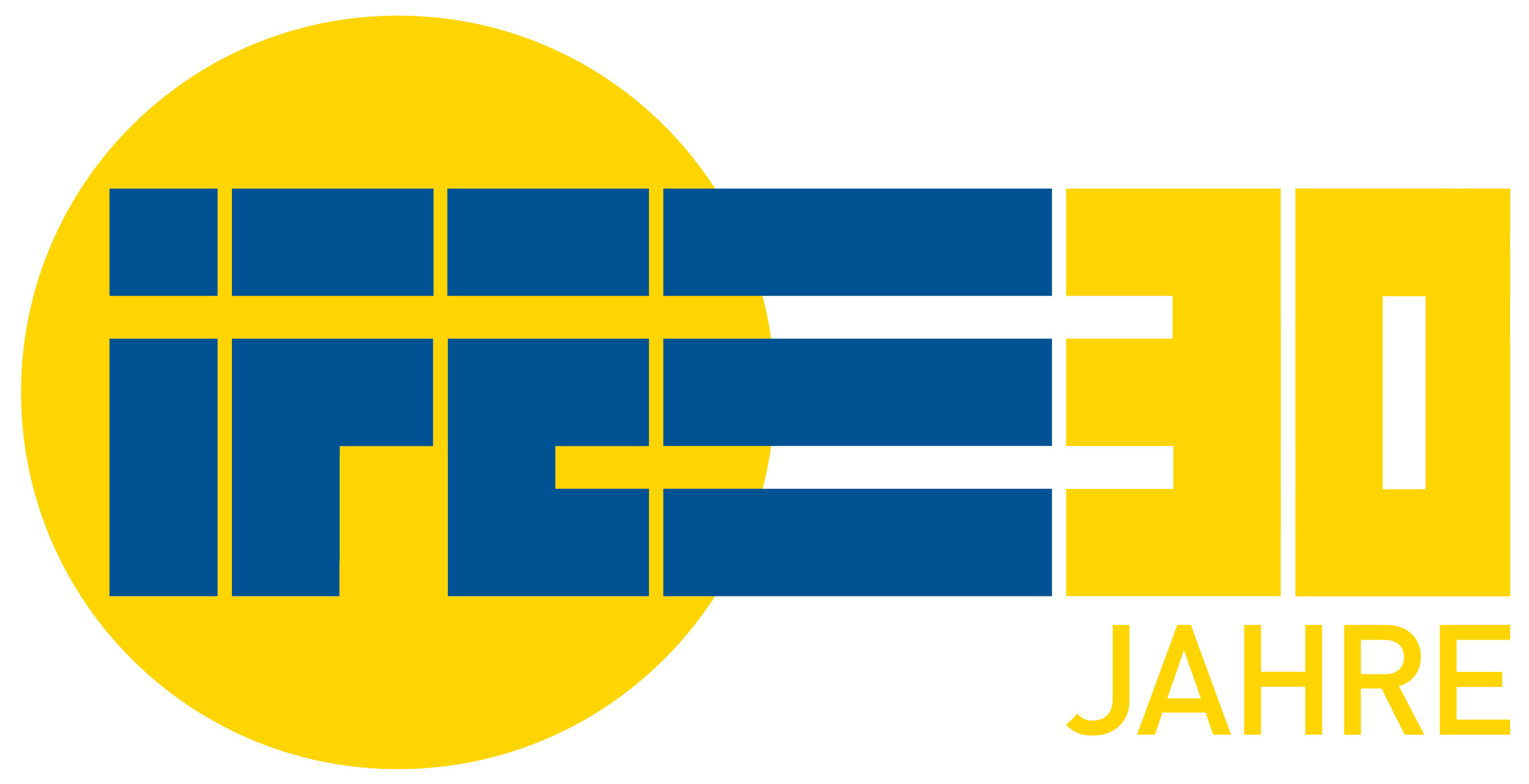Version [31400]
Dies ist eine alte Version von IntUrhRLimitationsScope erstellt von Jorina Lossau am 2013-06-17 22:51:40.
Internationaler Gewerblicher Rechtsschutz und Urheberrecht II
5.3 - Limitations in scope/Statutory licensing
| File | Last modified | Size |
|---|---|---|
| IntUrhRCaselawdecision.jpg | 2023-10-06 18:36 | 49Kb |
| IntUrhRFairuse.jpg | 2023-10-06 18:36 | 38Kb |
| IntUrhRFairuseRule.jpg | 2023-10-06 18:36 | 52Kb |
| IntUrhRLicensing.jpg | 2023-10-06 18:36 | 45Kb |
| The system of statutory licensesin 17 U.S.C. §§ 107-112 is quiet simple: there is one overall rule and four specific limitations applicable to all kinds of works. In 17 U.S.C. §§ 113-122 there are more limitations for specific kinds of work. 17 U.S.C. § 109 is a per selimitation of the right to distribute. |

§ 107—Limitations on exclusive rights: Fair use
Notwithstanding the provisions of sections 106 and 106A, the fair use of a copyrighted work, including such use by reproduction in copies or phonorecords or by any other means specified by that section, for purposes such as criticism, comment, news reporting, teaching (including multiple copies for classroom use), scholarship, or research, is not an infringement of copyright. In determining whether the use made of a work in any particular case is a fair use the factors to be considered shall include—
(1) the purpose and character of the use, including whether such use is of a commercial nature or is for nonprofit educational purposes;
(2) the nature of the copyrighted work;
(3) the amount and substantiality of the portion used in relation to the copyrighted work as a whole; and
(4) the effect of the use upon the potential market for or value of the copyrighted work. The fact that a work is unpublished shall not itself bar a finding of fair use if such finding is made upon consideration of all the above factors. |

